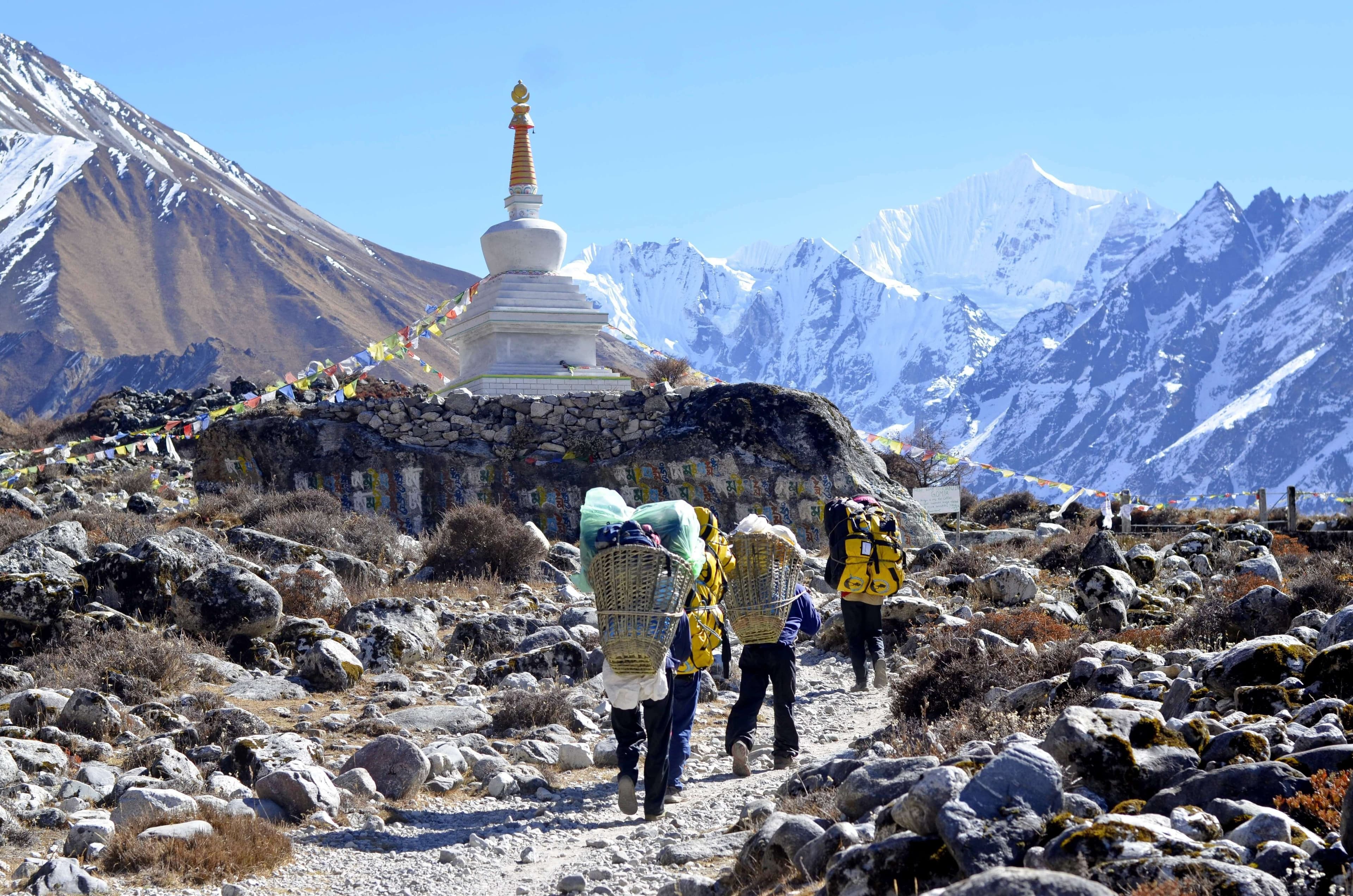Langtang Valley Trek - A Cultural Himalayan Journey
Langtang is popularly known for its trekking activities, but with the huge diversity of wildlife and the wide availability of flora and fauna, made Langtang Region a highlighted geography to explore. The tough terrains along with the valleys and amazing unspoiled nature across the region glorifies the Langtang as a natural hub and an exploringland and to experience the tranquility and nature of Langtang, the Langtang Valley Trek, plays as an option to explore the regions rich diversity offering an ultimate experience of Himalayan Journey.
So, the Langtang Valley Trek is built to enhance the altitude trekking and the exploration of natural aspects along the witnessing of rare animals and plants. Most of the rare species of birds such as Himalayan Monal, and the very rarely seen Himalayan predator such as Snow Leopard, Himalayan Musk Deer, Black Bear etc., making it a blend of nature inside the Himalayan terrains. Also, the home to huge collection of high-altitude bird species made it a great region for bird witnessing trek too enhancing the birdwatching journey in Nepal.
The geographic features, across the remote locations, rough terrains, high cliffs, scenic slopes and the trails over the specific altitude made it more interesting place to trek over. It led to the adventure and the tranquility to be experienced in a single frame. It all builds a wide opportunity for travelers and trekkers from all around the world to experience the ultimate nature and the Himalayan trekking journey in Nepal.
Langtang Trek is also a scenic journey filled with the massive views of spectacular Langtang Himal with the following range with snowcapped peaks and the huge landscapes of high hills all around the trails. The routs alsopassthrough the several small settlements and villages which holds the heavenly beauty with the traditional farming terraced and the huge scenic landscapes surrounded.
Besides, such diverse nature and the ecosystem, the Langtang Trek also gives travelers an opportunity to interact and to witness the cultural and the traditional scenario of local people of Himalayas. The Tamang and Sherpa communities are mostly the residential habitants in Langtang Region with the traditional lifestyle and cultures followed from long age which are passed from generations to generations. It adds more flavors to the journey in Langtang Valley Trek to be a blend collective experience for adventure and nature for once in a lifetime experience.




.jpg&w=3840&q=75)
.jpg&w=3840&q=75)


